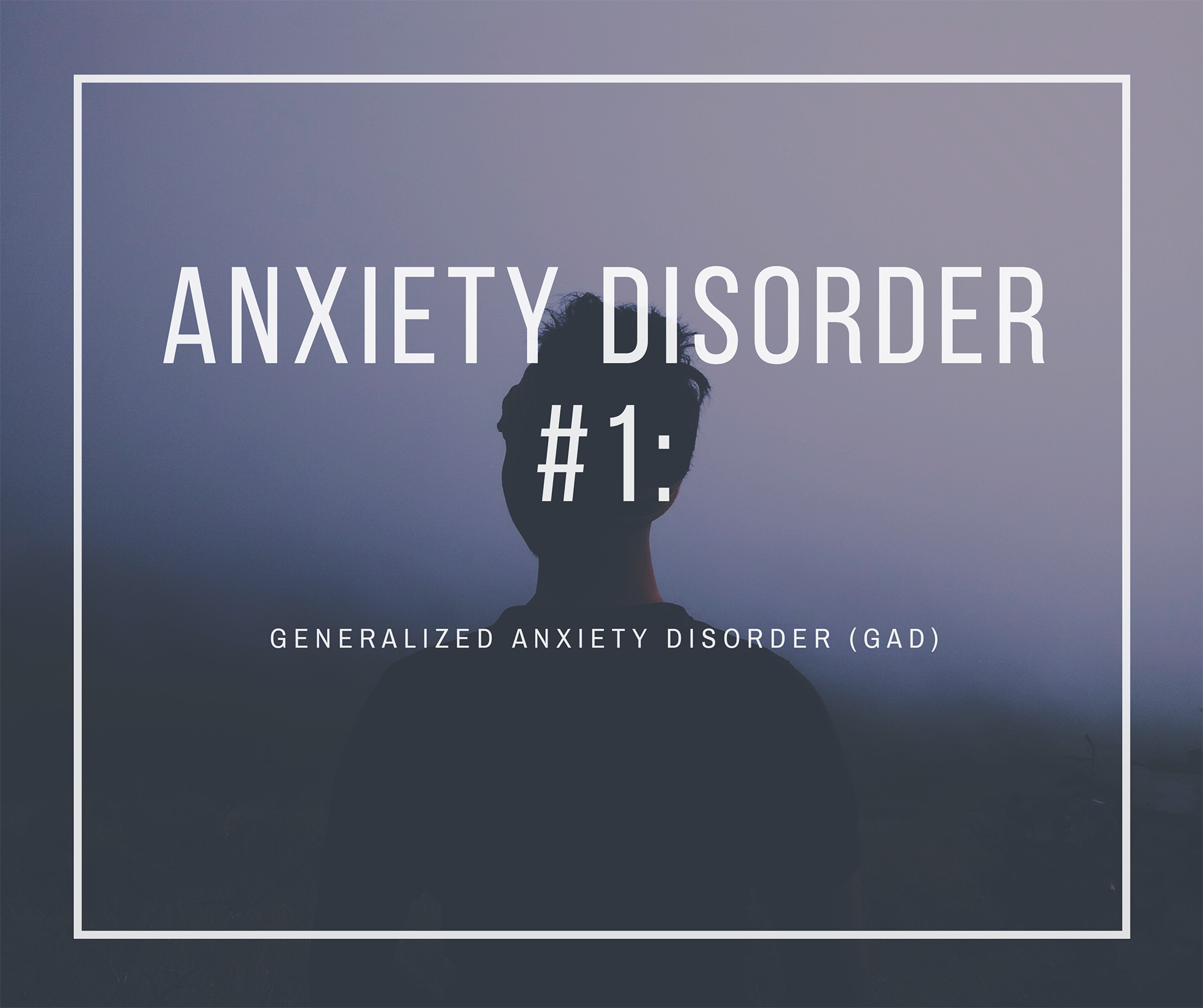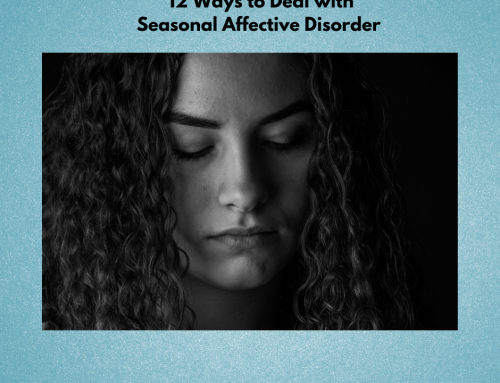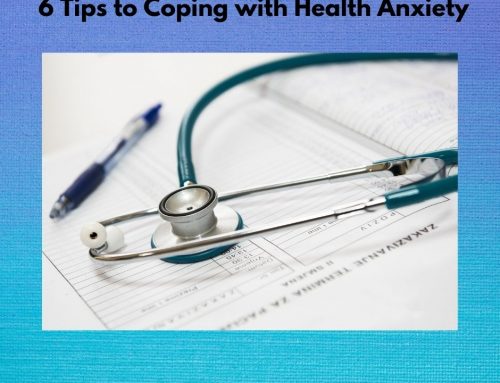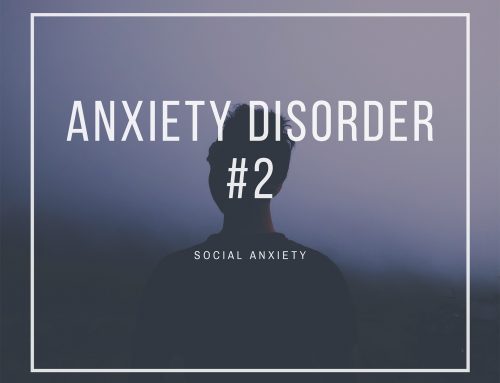Every now and again, some degree of anxiousness is normal. Life can be stressful, difficult and filled with ups and downs, which can lead to worrying. However, imagine that you feel excessive, uncontrollable and unrealistic worry for very little reason. This worry is usually about everyday situations such as work, family, health and career and can be hard to control or stop. For some people, they worry constantly and usually feel apprehensive during their day to day lives; this can be a sign of generalized anxiety disorder (GAD).
Generalized anxiety disorder can begin in childhood or as an adult. Its’ symptoms are similar to panic disorder, obsessive compulsive disorder and other types of anxiety disorders. The causes of generalized anxiety disorder are usually a combination of biological and environmental factors. Genetics can play a large role as it may run in families. As well, an individual’s personality and development can also be contributing factors. For instance, a person who tends to be less of a risk taker, more negative and more fearful of new experiences, may be more prone to generalized anxiety disorder than others.
How do you know if you have GAD? What does it feel like and what are its’ symptoms? The one big difference between GAD and general anxiety, is how long you’ve been worrying for. With GAD, the worrying is nonstop and chronic. People with GAD generally feel anxious almost everyday for months on end.
What separates GAD from other anxiety disorders is the extent that the worrying occurs. Nonetheless, sometimes, it’s the physical symptoms that are noticed first. People get so desensitized to their worrying that it becomes a part of them and they don’t always identify it as a problem.
Physical symptoms can occur with all types of anxiety and are usually what first gets reported.
What are some of the physical symptoms of GAD:
- Racing heart/palpitations
- Sweating
- Stomach discomfort
- Inability to relax or sit still. Feeling restless
- Fatigue
- Difficulty sleeping or falling asleep/insomnia
- Nausea, diarrhea
- Muscle pain/tension
- Feeling irritable/getting easily upset
- Difficulty paying attention or concentration
What are some of the emotional symptoms of GAD:
- Persistent worrying about a number of day-to-day scenarios
- Overthinking plans and thinking about worst case possibilities
- Perceiving situations as dangerous, even when they’re not
- Difficulty handling the unknown
- Fear of making the wrong decision
- Inability to let go of a worry
- Perfectionism to try and avoid making a mistake
- Excessive reassurance seeking
- Needing to be in control
- Procrastination and avoiding new situations
- Having others make decisions for you to take the burden off of you
Along with physical and emotional symptoms, GAD also interferes with your thinking. Those who suffer from GAD tend to get overwhelmed by their thoughts; especially their negative ones. The type of anxiety that they experience as a result, usually begins with worrying about the future and is surrounded by “what if” questions.
- “What if” I mess up on my interview and don’t get the job? How will I pay my rent? “What if” I end up getting evicted?
- “What if” I go to the party and nobody talks to me? I’ll feel left out and embarrassed. “What if” nobody likes me?
- “What if” I fail my test? I may not pass the course. “What if” It effects my career?
- “What if” I get into a car accident. I may get hurt. “What if” I don’t survive?
These “what if” questions can lead to thinking about worst case scenarios. Scenarios that usually never happen. Thoughts are what impacts our feelings and ultimately how we behave. With GAD, worries and anxiety are constantly shifting from one issue to the next and cause you to worry about yourself, your loved ones, or they just give you a general sense of unease.
While it’s difficult to predict and prevent generalized anxiety disorder, there are some steps that you can take to managing it.
- Get medical help early on. Seek out a Psychiatrist who is familiar with Cognitive Behavior Therapy (CBT). CBT is a proven type of therapy that combats anxiety disorders. The earlier you begin to deal with your issues and worries, the sooner you can move forward.
- Stick to a routine and prioritize your time. A predictable routine and structure help you to feel secure and in control. Managing your time and having a daily plan, also encourages feelings of success and accomplishment.
- Get 7-9 hours of sleep a day and try and maintain a healthy lifestyle. Sleep is key to staying clear headed and focused. As well, try and stay hydrated by drinking lots of water and avoiding caffeine. Caffeine can worsen anxiety and increase physical symptoms.
- Practice deep breathing exercises, meditation and relaxation techniques. This can help lessen your physical symptoms and will help keep you present focused. By practicing techniques that are present centered, it helps you avoid getting sucked into your worries that are largely about the future.
In most cases, GAD improves with psychotherapy or medications. It’s important to see your doctor if you feel like you’re worrying too much and it’s interfering with your ability to function, if it’s causing depression or if you’re having suicidal thoughts or thoughts of hurting yourself.









